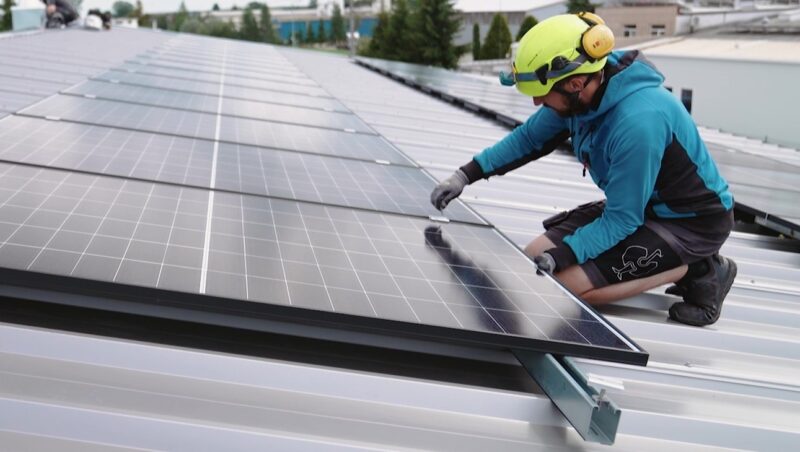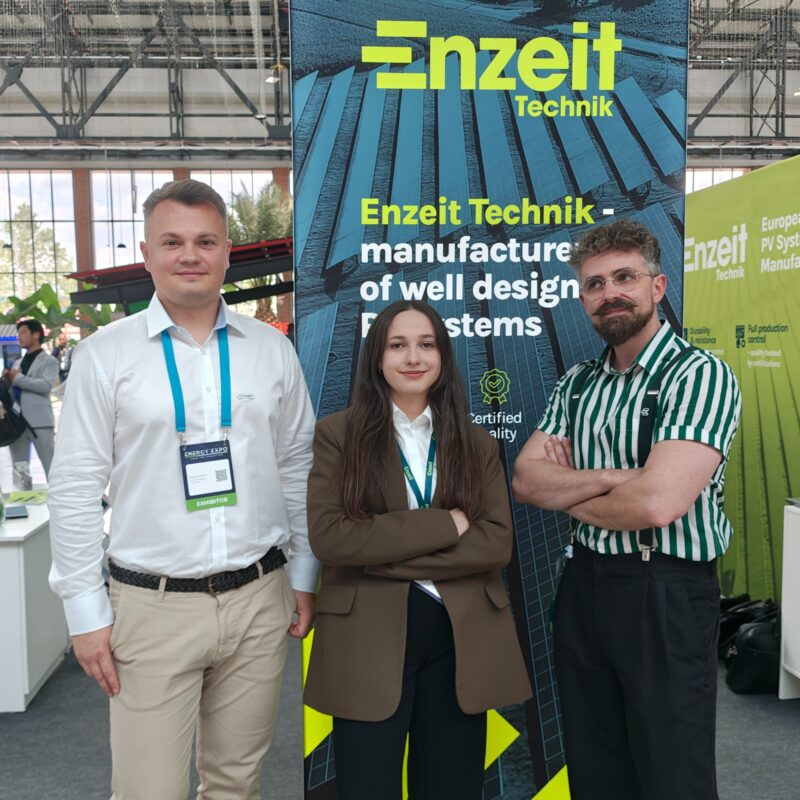Photovoltaic (PV) farms are a crucial pillar of renewable energy sources (RES), providing sustainable and environmentally-friendly electricity production. Over the past few years, solar energy has gained prominence, becoming an essential component of the energy mix in many countries. However, managing a photovoltaic farm effectively requires advanced tools that allow for real-time monitoring and control of energy production processes. One such tool is the SCADA system, which plays a pivotal role in managing photovoltaic farms. This article discusses what photovoltaic farms are, how they are managed, and how SCADA systems support their optimal operation.
What are Photovoltaic Farms?
A photovoltaic farm is an extensive system of PV panels that convert solar energy into electricity. Such an installation can include thousands of modules spread over large areas, making it a significant source of electricity production. Unlike smaller residential installations, photovoltaic farms operate on an industrial scale and are usually connected to the national power grid, providing energy to thousands or even millions of households.
The core technology used in photovoltaic farms is photovoltaic cells, which convert solar radiation into direct current (DC). This current is then converted to alternating current (AC) using inverters, enabling its distribution to the power grid. However, energy production is only one aspect of a farm’s operation. Monitoring and managing the entire operation is also essential to ensure optimal efficiency and reliability, with SCADA systems playing a vital role.
Managing a Photovoltaic Farm
Managing a photovoltaic farm involves monitoring and optimizing the operation of the entire installation. This process includes:
- Monitoring the performance of PV panels – ensuring that PV modules operate at maximum efficiency and identifying issues, such as damage or shading.
- Tracking weather conditions – measuring solar radiation, temperature, humidity, and wind, which helps forecast energy production and adjust operational activities.
- Managing inverters – inverters play a crucial role in converting direct current to alternating current, and their proper operation affects the efficiency of the entire photovoltaic farm.
- Conducting maintenance – regular inspections and maintenance are essential to maintain high farm efficiency and prevent failures.
- Optimizing grid connections – photovoltaic farms are often connected to power grids, which requires optimization of energy transmission and minimization of losses.
To manage a photovoltaic farm effectively, operators need tools that enable them to continuously monitor all these elements in real-time, which is where SCADA systems come into play.
What is SCADA?
SCADA (Supervisory Control and Data Acquisition) systems are designed for the supervision and collection of data, allowing real-time monitoring, control, and information gathering from various industrial devices. SCADA systems consist of several components, including:
- Remote Terminal Units (RTUs) that receive data from sensors and send it to the central SCADA system.
- Programmable Logic Controllers (PLCs) that perform local operations, such as controlling inverters or switches.
- Central monitoring station that enables visualization, data analysis, and decision-making based on the collected information.
- Human-Machine Interface (HMI), allowing operators to monitor the photovoltaic farm in real time and interact with the system.
SCADA systems allow photovoltaic farm operators to monitor the entire installation from a single location, remotely controlling various elements and responding to emerging issues.
Using SCADA Systems in Photovoltaic Farm Management
SCADA systems offer several benefits for photovoltaic farm operators, including:
1. Real-Time Monitoring
SCADA enables real-time monitoring of nearly every element of a photovoltaic farm—from PV panels to inverters and grid connections. This allows operators to detect irregularities immediately, such as drops in module efficiency or inverter failures.
2. Automated Reporting and Data Analysis
SCADA systems collect and store data from the entire photovoltaic farm, enabling report generation, efficiency analysis, and energy production forecasting. This allows for more precise planning of operational and maintenance activities.
3. Remote Control and Maintenance
SCADA also enables remote control of the photovoltaic farm, which is particularly important for large installations. Operators can control inverters, switches, and monitoring systems without needing to be physically present on the farm.
4. Operational Optimization
Access to detailed data enables SCADA systems to optimize farm operations, which improves energy efficiency and reduces operational costs.
5. Proactive Predictive Maintenance Management
SCADA systems allow for early detection of technical issues through real-time data analysis. With predictive algorithms, SCADA can identify irregularities before they lead to failures, enabling preventive maintenance planning. This approach minimizes downtime and reduces costs associated with unplanned repairs.
The Most Popular SCADA Systems Used in Photovoltaic Farms
There are many SCADA systems available on the market dedicated to photovoltaic farms. The most popular include:
- AVEVA – a popular SCADA system offering advanced monitoring and data analysis features for RES farms.
- Schneider Electric SCADA – a solution providing full integration with energy management systems and optimization of photovoltaic farm operations.
- Siemens WinCC – a SCADA system developed by Siemens, offering remote monitoring and control of large-scale photovoltaic farms.
- GE Digital iFIX – a SCADA platform offering remote monitoring, predictive analytics, and automatic reporting.
- ABB SCADA – a solution that supports the management of photovoltaic farms as well as other RES installations, focusing on efficiency and reliability.
SCADA Systems in Photovoltaic Farm Management
Managing a photovoltaic farm is a complex process that requires not only monitoring the operation of PV panels but also optimizing the performance of the entire installation. SCADA systems are a crucial tool in this process, enabling operators to monitor, control, and analyze data in real time. As a result, photovoltaic farms can operate efficiently, delivering clean energy on a large scale and contributing to the global energy transition.




